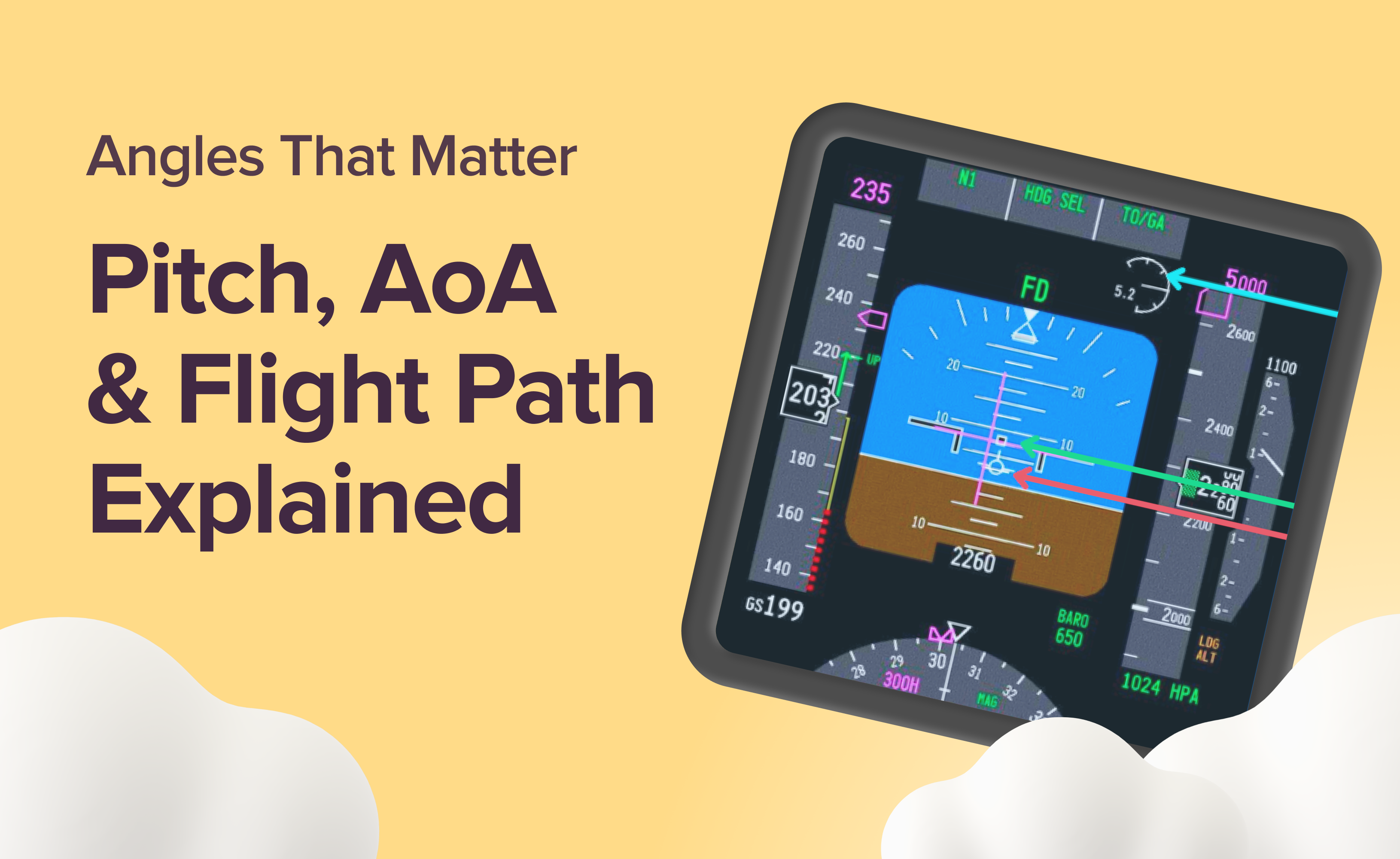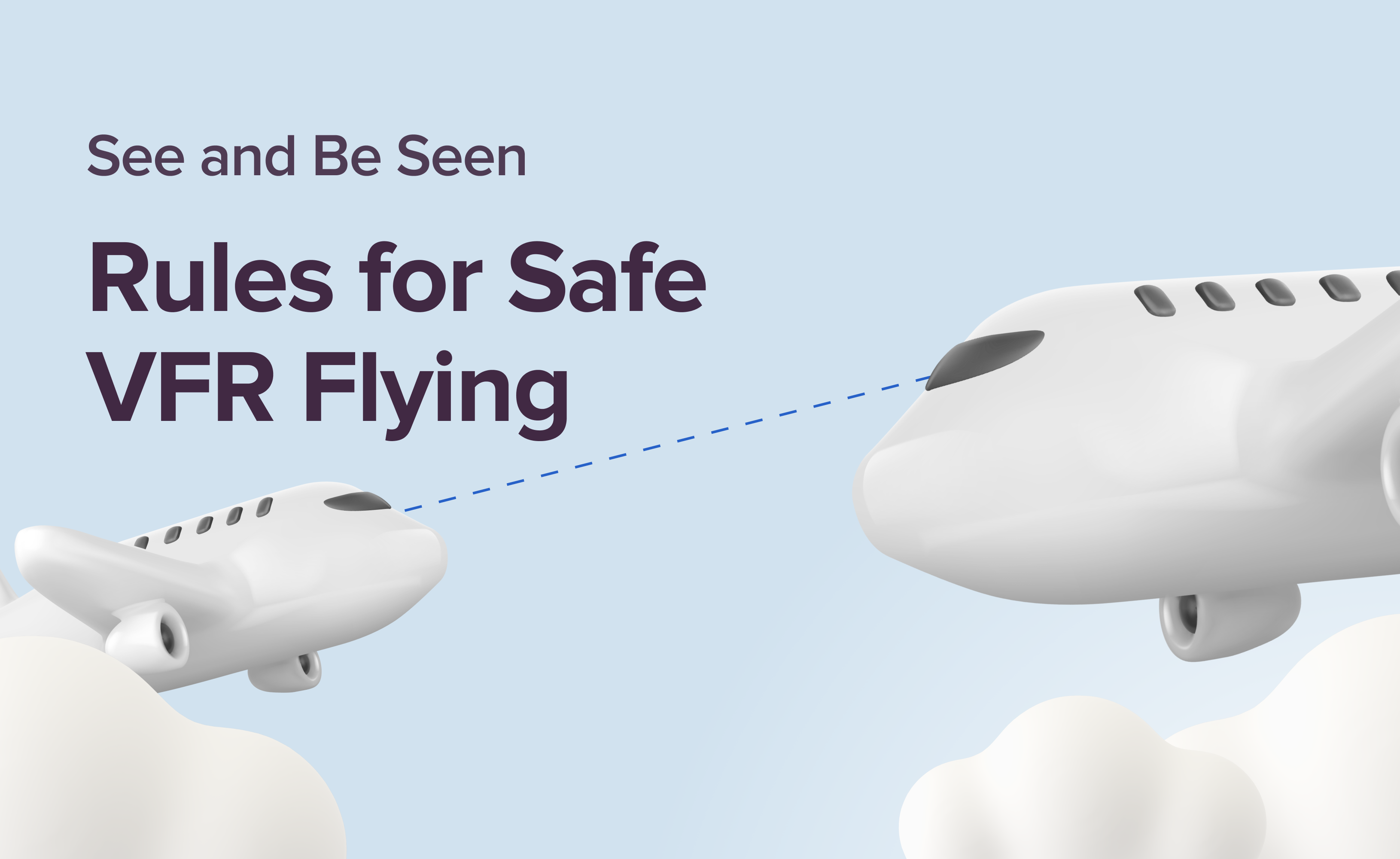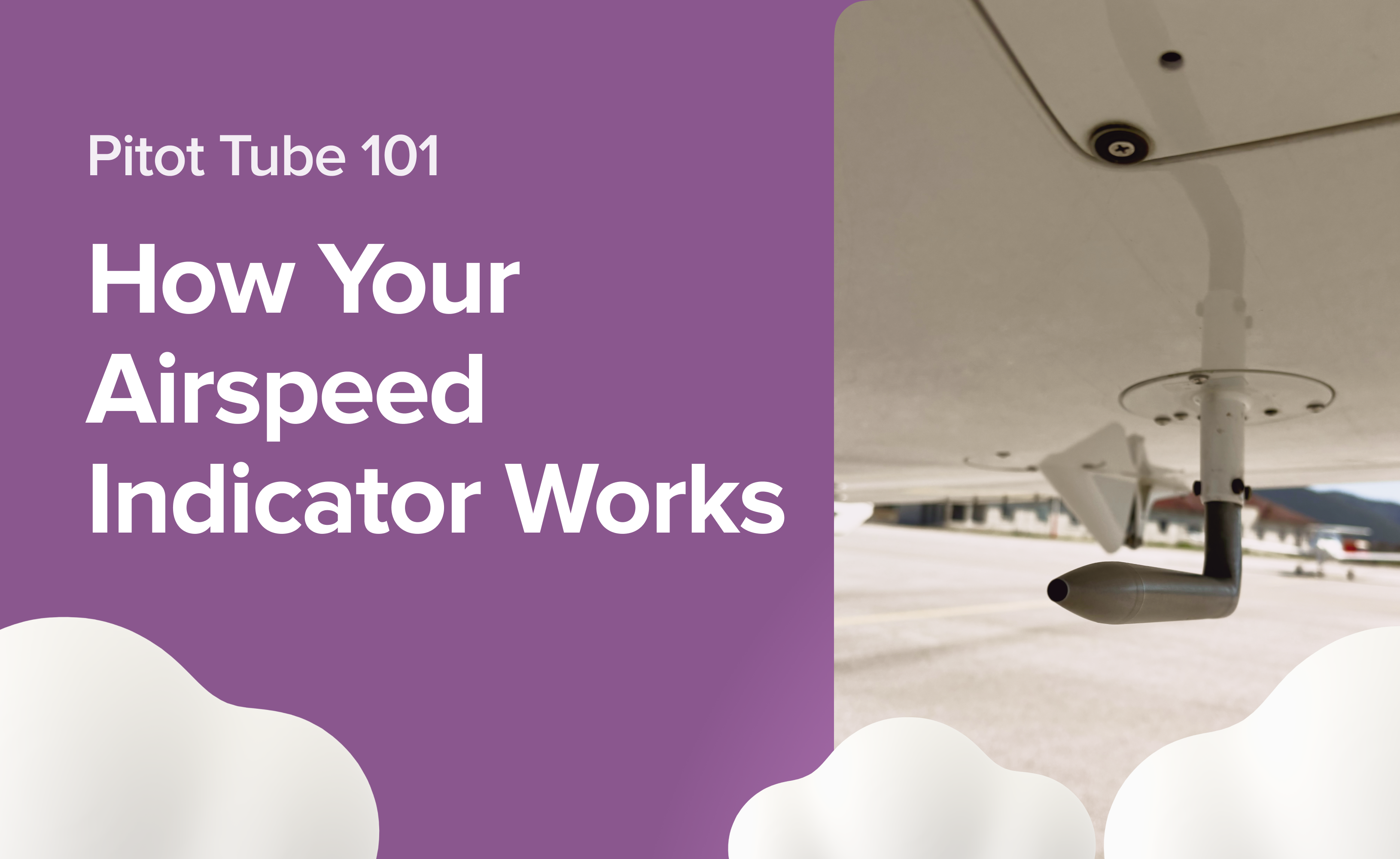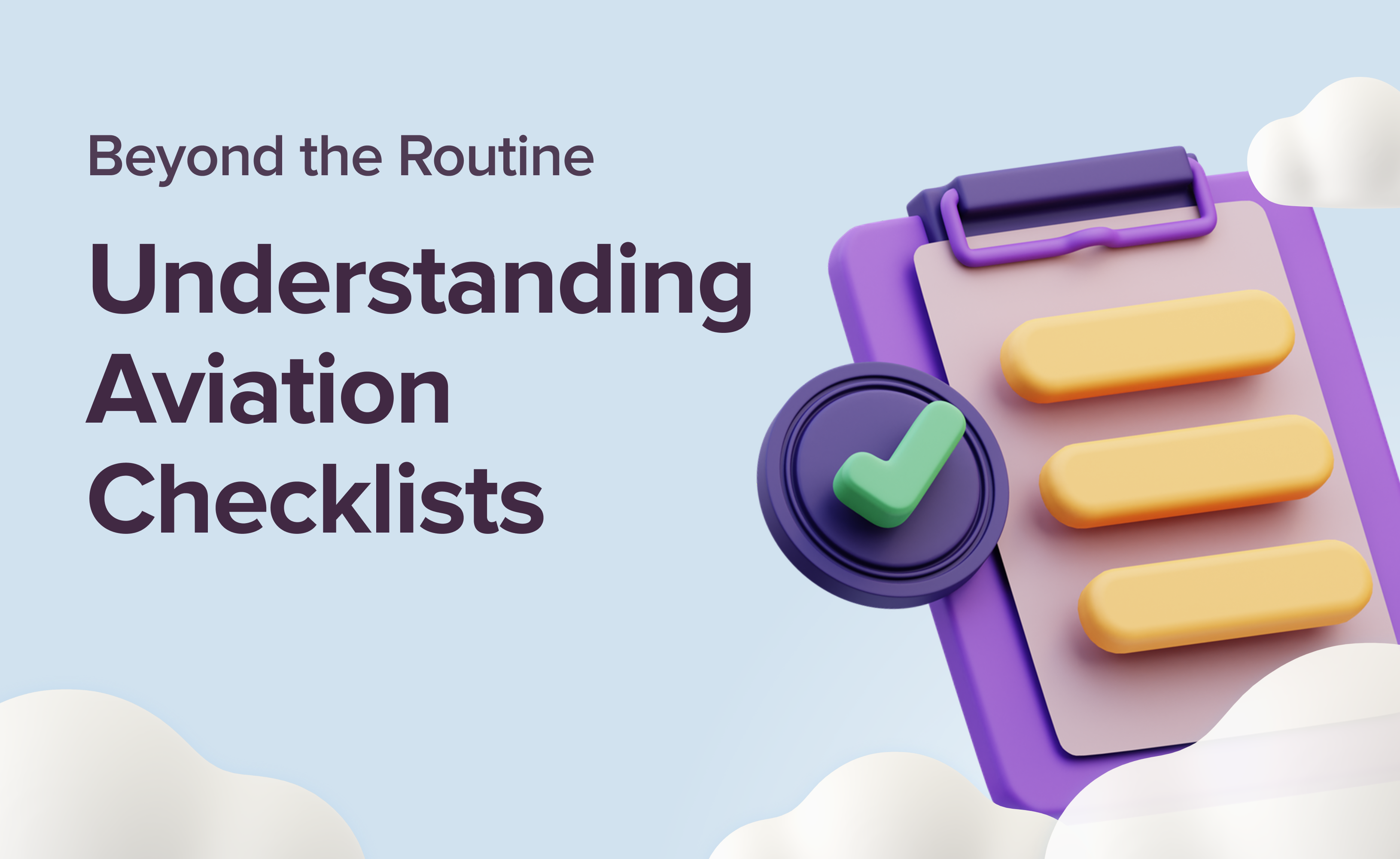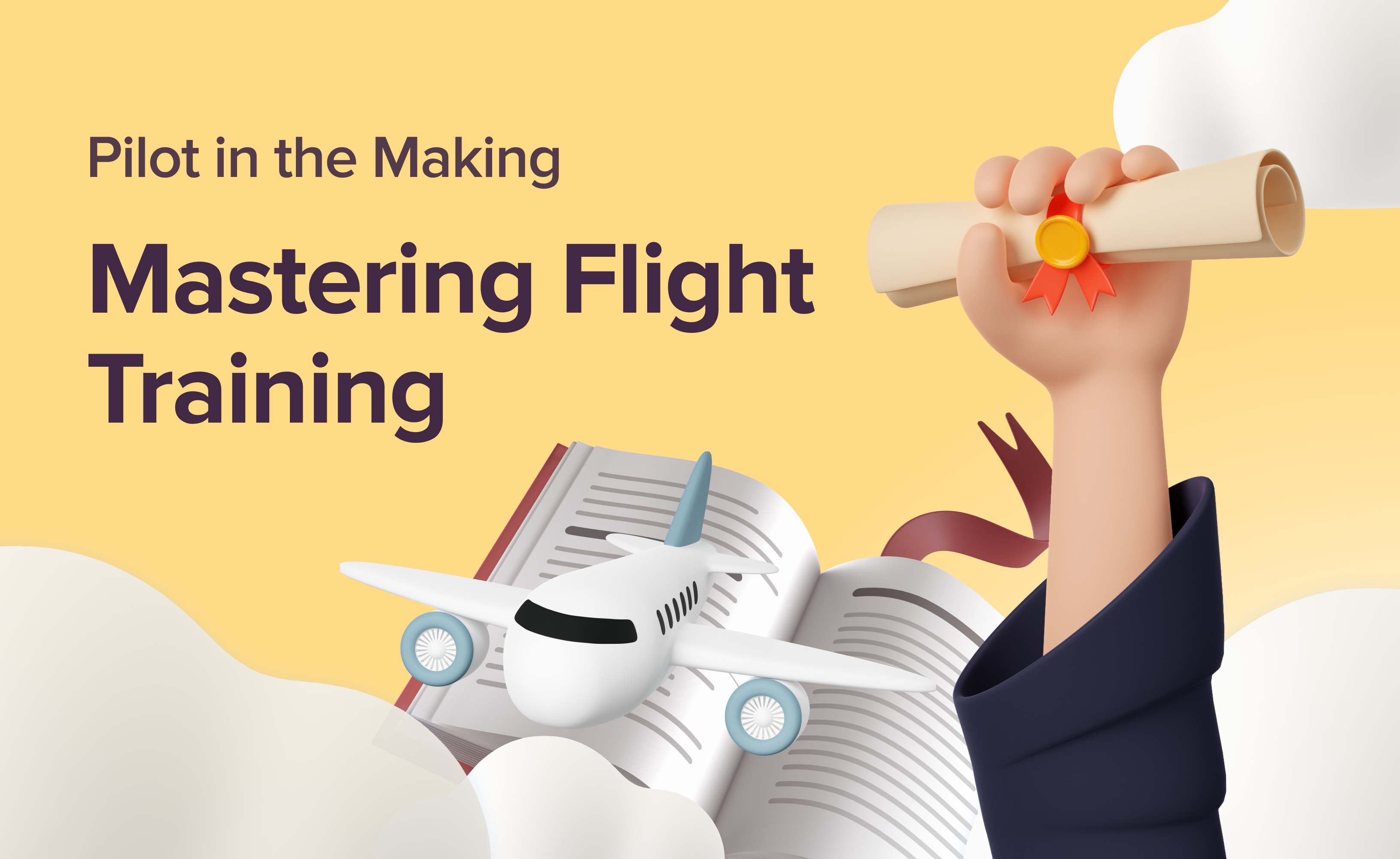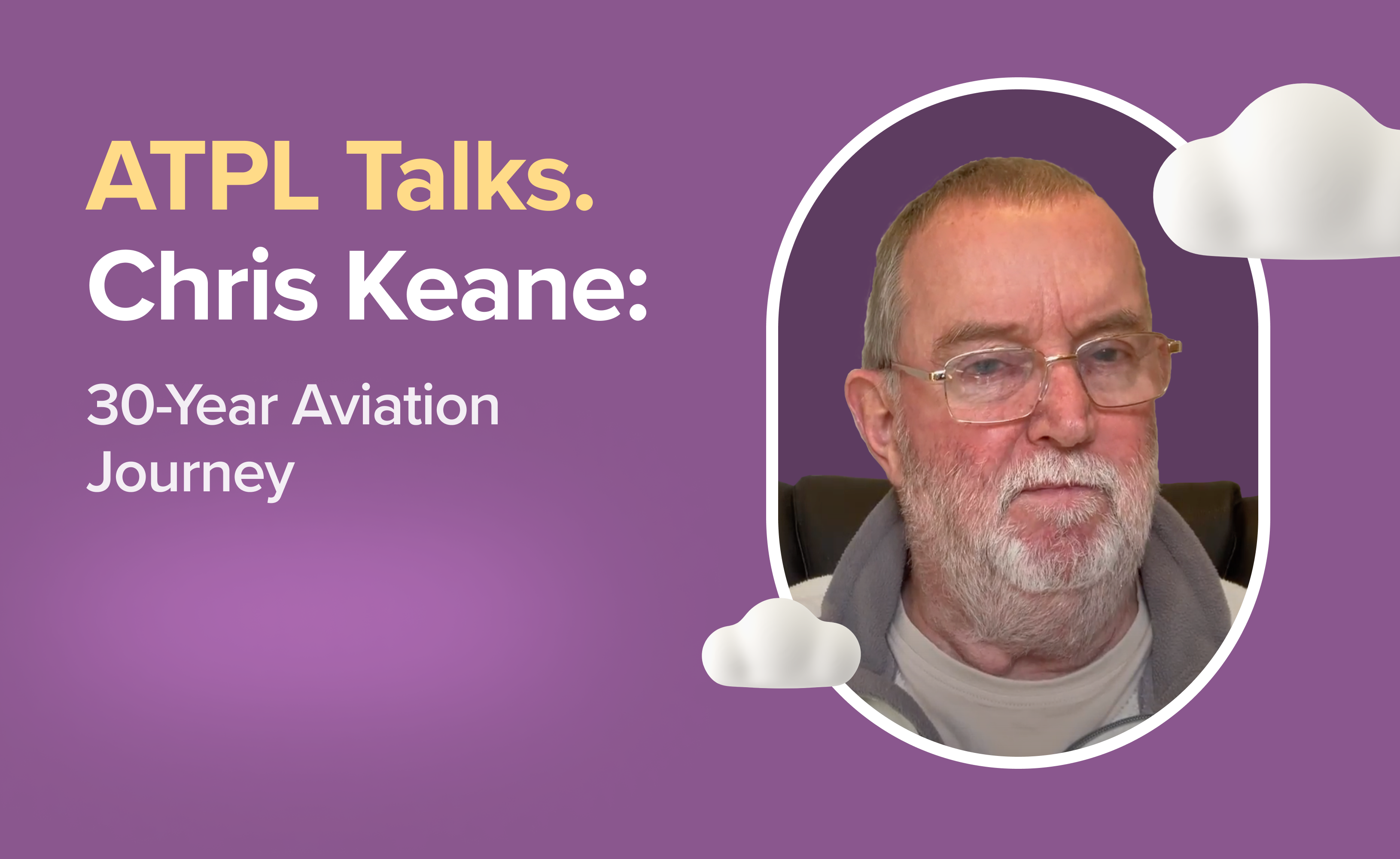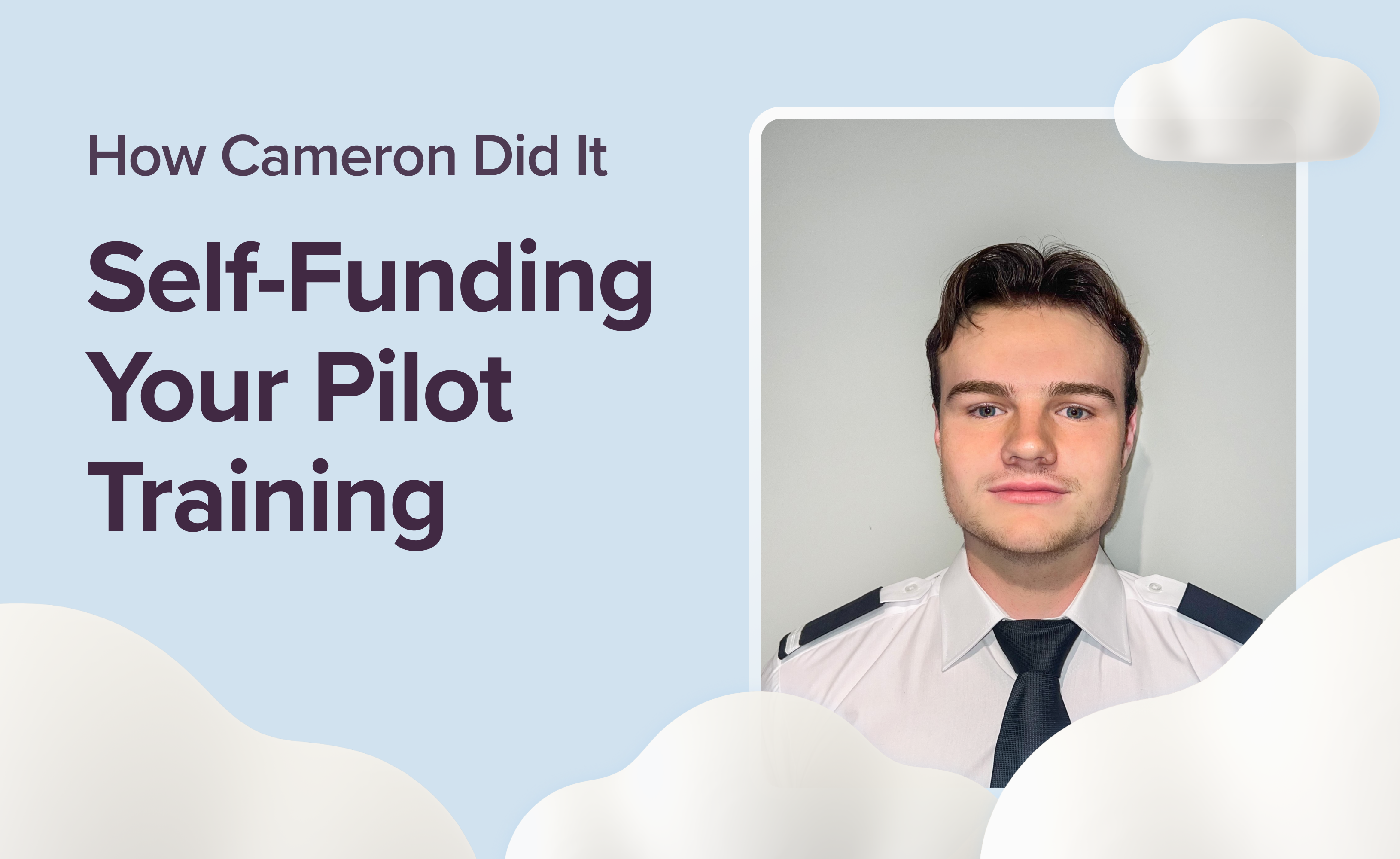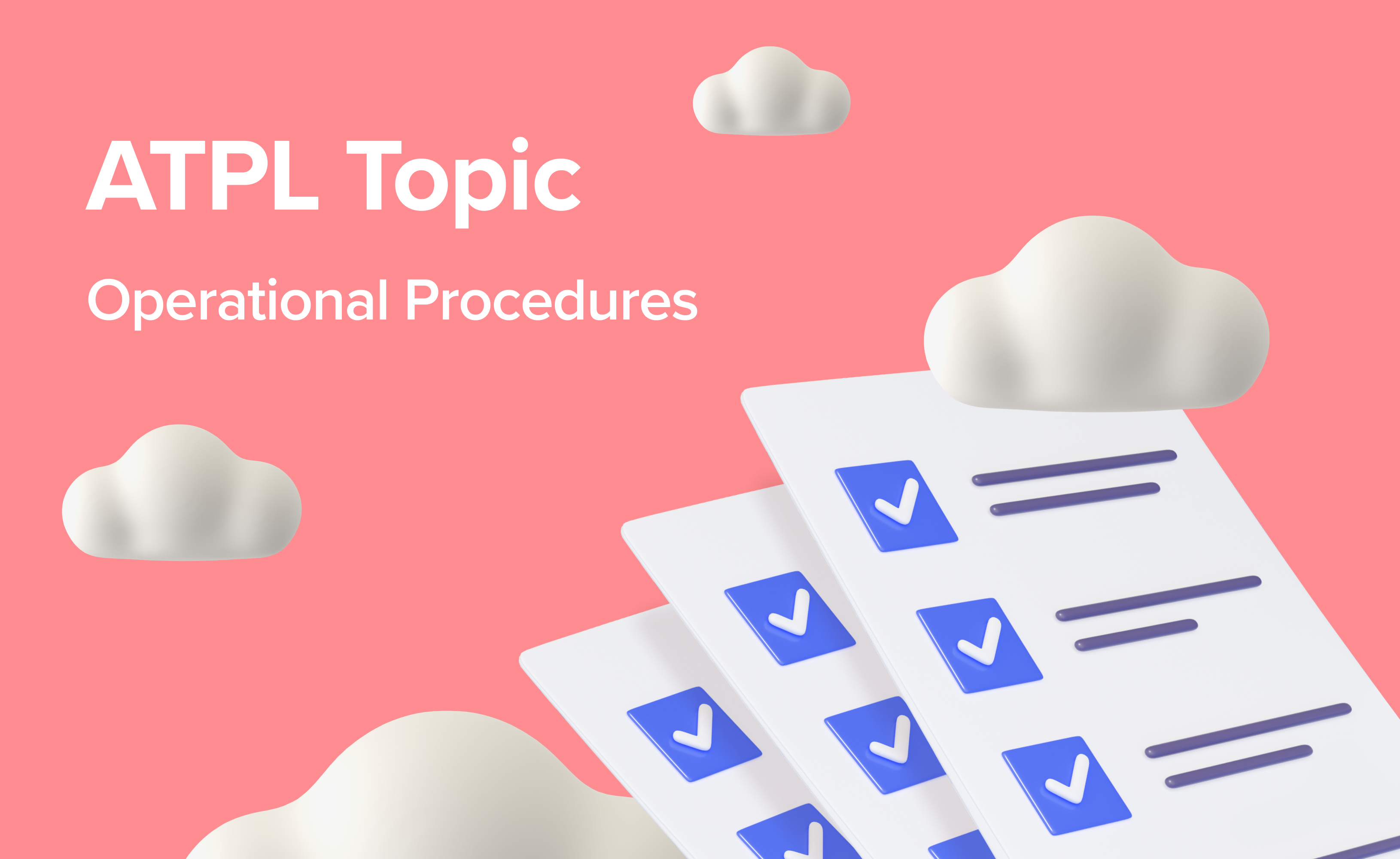In the Loop: How to Fly the Basic Traffic Pattern

Did you know that most of the manoeuvring in flight training happens within just a few miles of the runway? That’s thanks to the traffic pattern — a standardised rectangular flight path used at airports around the world. Whether you're flying a Cessna 172 on a calm afternoon or getting your bearings on a first solo, mastering this loop is a rite of passage for every pilot.
In this blog, we’ll demystify the basic traffic pattern. You’ll learn how each leg works, what to expect, and how to fly it smoothly and safely. From takeoff to touchdown, we’ll break it down step by step—so next time you're in the circuit, you'll know exactly what to do, and why.
Your first solo flight is closer than you think. Learn how to prepare for this milestone and succeed in your flight training.
What Is a Traffic Pattern?
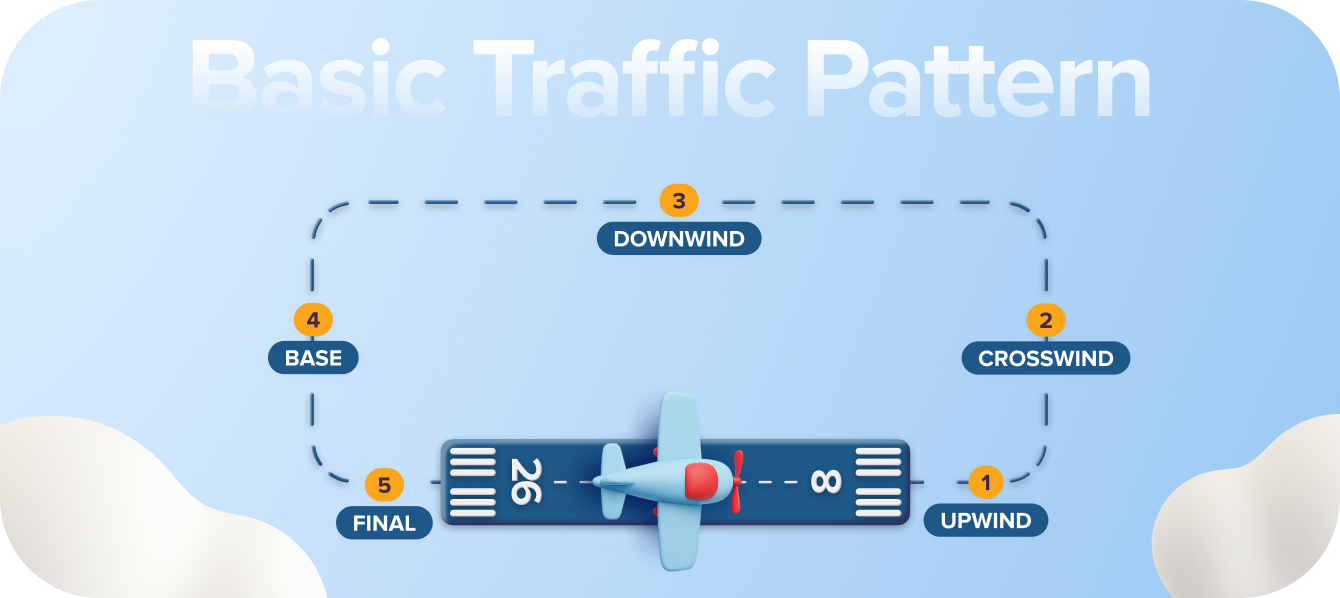
In aviation, aircraft can’t simply hover and wait their turn — they must keep flying. That’s where the traffic pattern comes in. It’s a standardised rectangular flight path that helps coordinate safe and efficient aircraft movement in the vicinity of an aerodrome. Whether you're flying from a busy ATC-controlled airport or a quiet grass strip, understanding the pattern is key to safe circuit work and landings.
The standard or basic traffic pattern, also often called a circuit, is usually flown left-hand unless otherwise indicated by aerodrome information (AIP or visual signals). This means all turns in the pattern are made to the left, forming a rectangular loop around the active runway. Deviations from this standard will be noted in local aerodrome charts or by visual traffic pattern indicators on the airfield. While you won’t be expected to remember every airport’s unique procedures, you do need to understand the standard circuit pattern and how to fly it correctly. Part by part, let's break it down.
The Upwind Leg
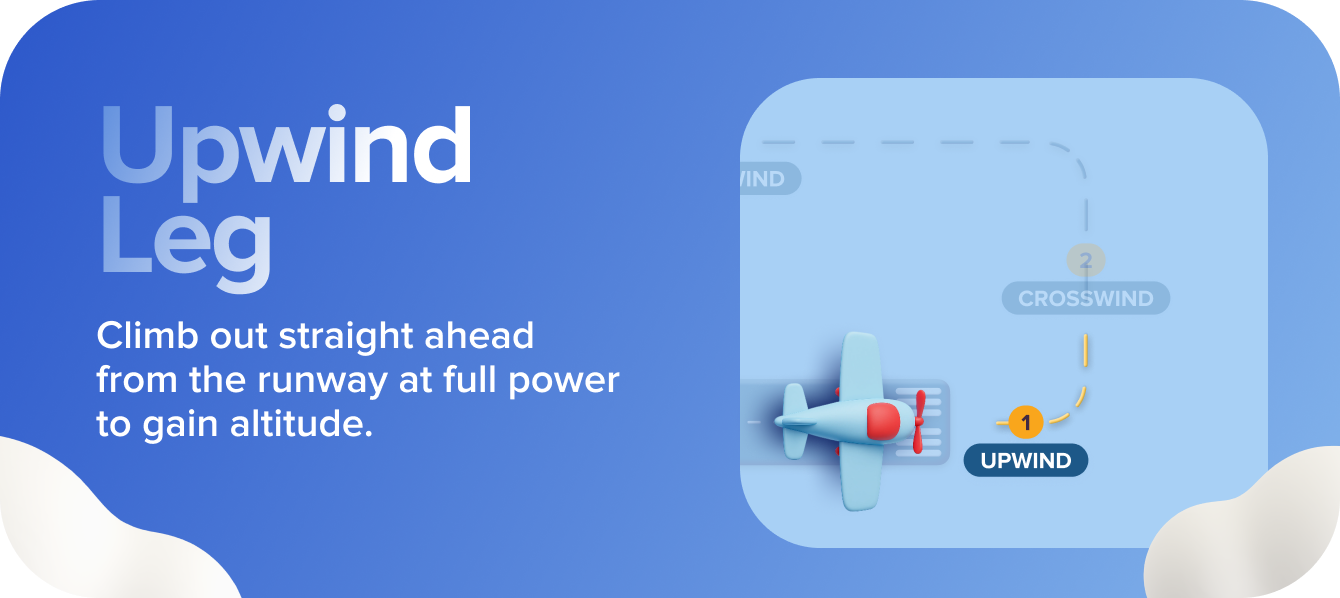
The upwind leg (also called the take-off leg) is the starting point of the traffic pattern. It begins the moment your aircraft lifts off the runway and climbs straight ahead along the extended runway centreline. You’ll maintain full power and best rate of climb (Vy) until reaching circuit altitude. Typically, it is 1,000 feet above aerodrome level (AAL) for most general aviation aircraft, although turbine and fast jets may fly higher — around 1,500 feet AAL.
This leg sets you up for a safe transition into the rest of the circuit. It also provides time and altitude to deal with any issues during departure. In an emergency, you're aligned with the runway for a possible forced landing or safe manoeuvring.
Key things to do: Maintain runway heading unless instructed otherwise by ATC or local procedures. Keep a good lookout for departing or arriving traffic, especially gliders or aircraft entering the circuit mid-pattern. Once you’ve climbed to around 500 feet AAL, prepare to make your first turn — to the crosswind leg.
In many gliding clubs and training fields, it’s common to hear “turn crosswind at 500 feet” — a rule of thumb that provides enough climb for spacing without climbing too far beyond circuit height.
Understand the Best Rate of Climb speed. Read our blog post: It's All Connected: TWR, Drag, and the Climb Rates.
The Crosswind Leg
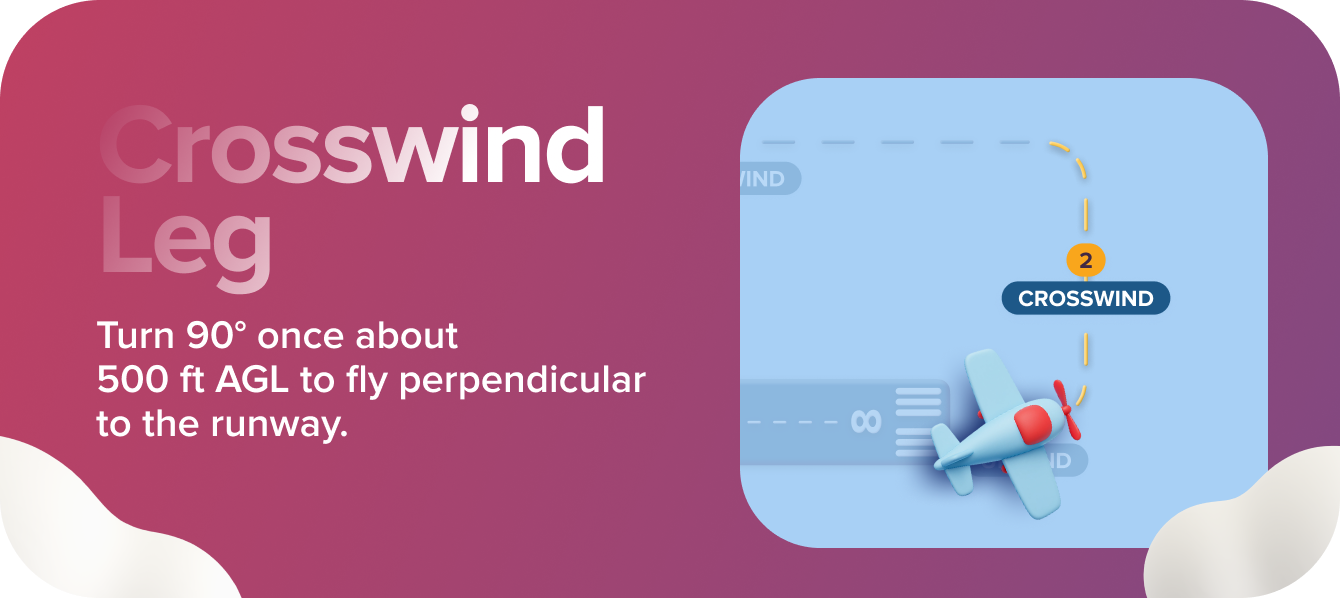
This segment runs perpendicular to the runway and helps transition your aircraft across to the downwind leg. The crosswind leg is short, but it’s essential for positioning. It provides a natural lateral buffer from the runway and other traffic. You’re still climbing, aiming to reach circuit altitude (1,000 feet AAL) by the time you begin your next turn.
The term “crosswind” here doesn’t always refer to wind direction — it's about your flight path relative to the runway. However, this leg can also be your first real test of handling an actual crosswind component, especially on gusty days. Expect some yaw or drift correction.
Key things to do: Maintain situational awareness — you may be crossing paths with aircraft joining the circuit. Keep scanning for other traffic — both visually and via radio (on non-towered fields, make position calls like “G-ABCD, crosswind runway 27”). Manage your climb power setting and airspeed — don’t overshoot circuit height.
Airhead tip: Watch your heading — many students have a tendency to “overshoot” or “undershoot” this turn. Keep it clean and square to set yourself up for a stable downwind leg.
Facing obstacles in your flight training? Training Challenges: 12 Reasons Why Student Pilots Quit offers insights and solutions to help you persevere.
The Downwind Leg
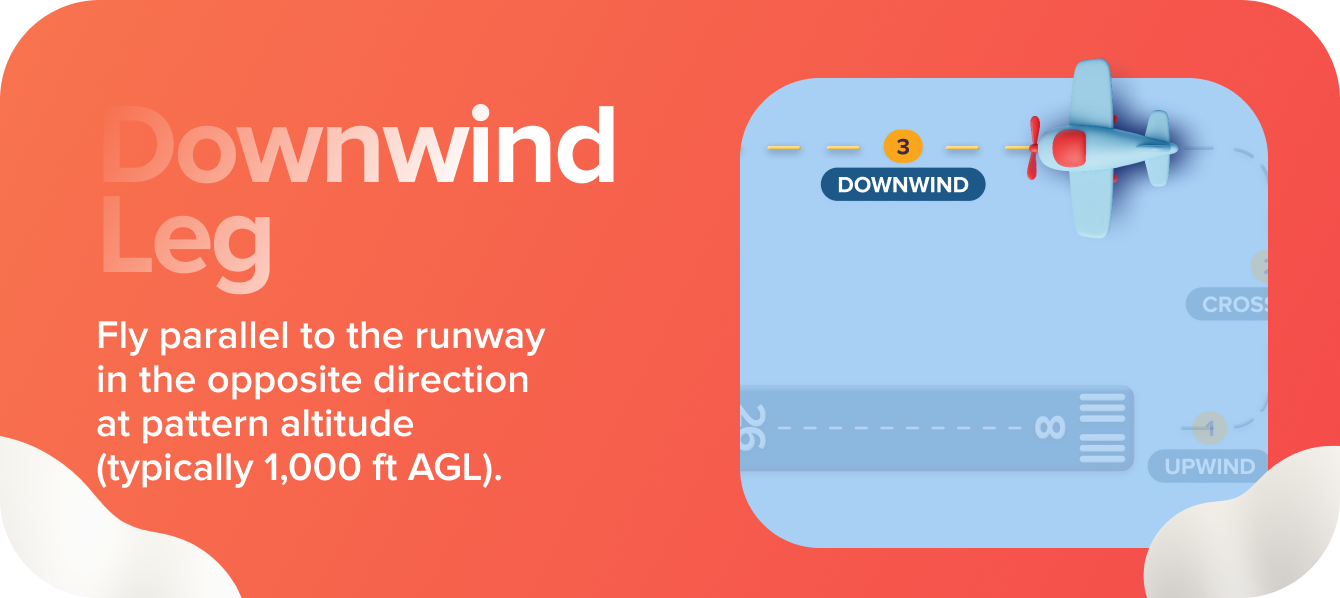
Once you’ve turned from crosswind, you’ll fly parallel to the runway, but in the opposite direction of landing. You’re now on the downwind leg, cruising at circuit altitude.
Although you’re flying “away” from the runway, this is where a lot of workloads happens. That’s why it's named “downwind” — because you’re flying in the same direction as the wind on the ground, not because you’re drifting. This leg gives you space and time to complete your pre-landing checks, communicate with ATC or other traffic, and visually judge your distance from the runway. It’s also your opportunity to mentally prepare for the final approach.
Key things to do: Level off at circuit height if you haven’t already. Perform your pre-landing checks. Maintain visual separation from other aircraft. If at a non-towered field, make a radio call: “G-ABCD, downwind runway 22.” Keep about 0.5 to 1 mile lateral spacing from the runway — enough to turn comfortably onto base and final.
Airhead tip: It’s easy to get distracted here, especially with checklists and radio calls. Don’t forget to maintain your spacing from the runway — this sets up your entire approach geometry. Too close? You might overshoot base. Too far? You’ll need excessive bank to realign — not ideal on short final.
Beyond the Routine: Understanding Aviation Checklists covers best practices for checklist management, learn how to avoid common errors, and understand why these procedures are vital for every flight.
The 45-Degree Entry to Downwind
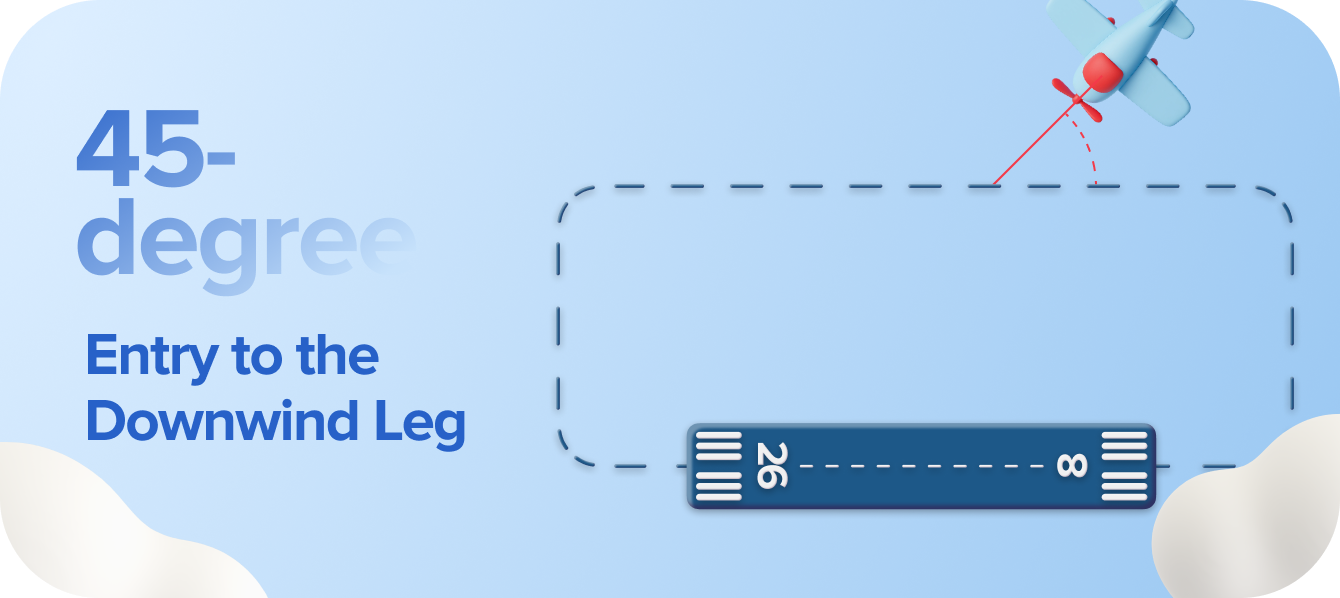
The safest and most widely recommended way to join the circuit at a non-towered airfield is the 45-degree entry to the downwind leg.
As shown in the visual, the aircraft approaches the pattern at a 45-degree angle, aiming to intercept the downwind leg midfield — parallel to the runway but flying opposite its heading. This allows the pilot to integrate smoothly with existing traffic while maintaining excellent situational awareness.
This method gives the best view of other aircraft already established in the circuit, reduces abrupt turns, and aligns with standard pattern flow. It’s especially valuable for maintaining orderly, predictable traffic at busy training airfields.
Airhead tip: Make your radio call before entering, keep your eyes outside for traffic, and monitor your spacing — especially behind slower aircraft.
Nervous about your first ATC call? Don't worry, we've got you covered. Check out our guide to help you navigate your initial radio communications.
The Base Leg
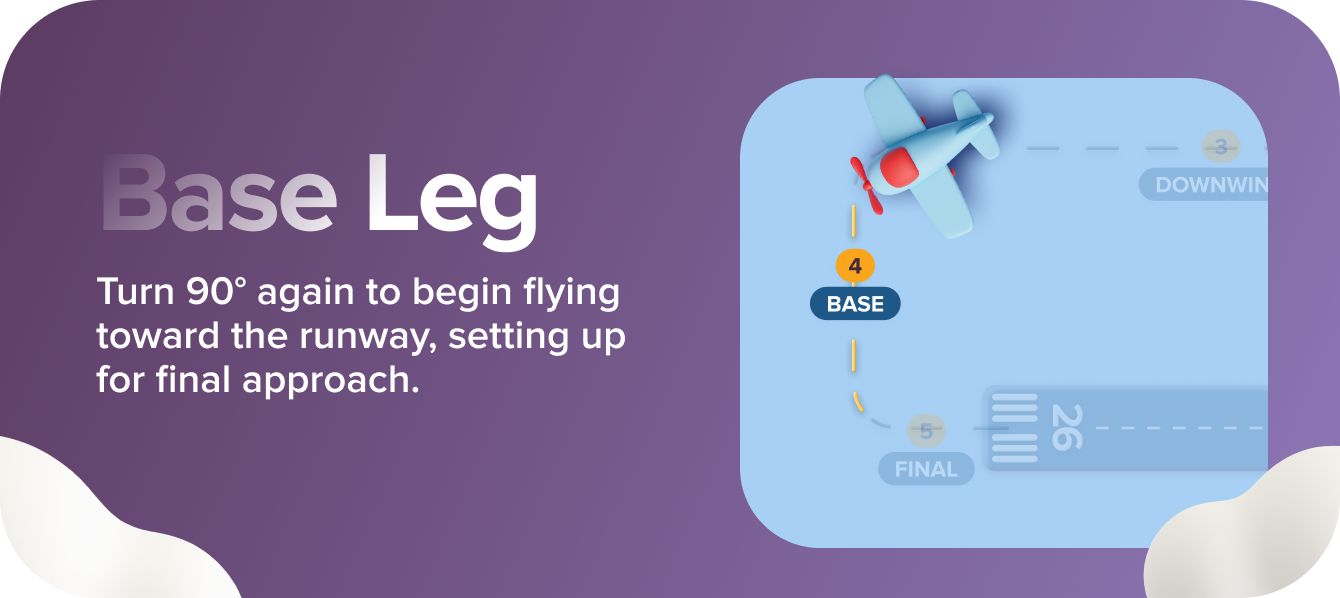
The base leg is the segment where you make a 90-degree turn from the downwind leg, flying perpendicular to the runway. It’s essentially the “bridge” between the downwind and final approach, setting you up for a smooth turn onto final.
The base leg can be quite short at smaller aerodromes. This is one reason why pilots are taught to anticipate rather than react — especially when judging when to begin the turn onto final. A good base-to-final turn is smooth and well-timed, not rushed.
Your job on base is to manage your descent and align the aircraft for a stable approach. Good base leg technique leads to good landings. Poor spacing, altitude control, or timing here can throw off your whole final leg.
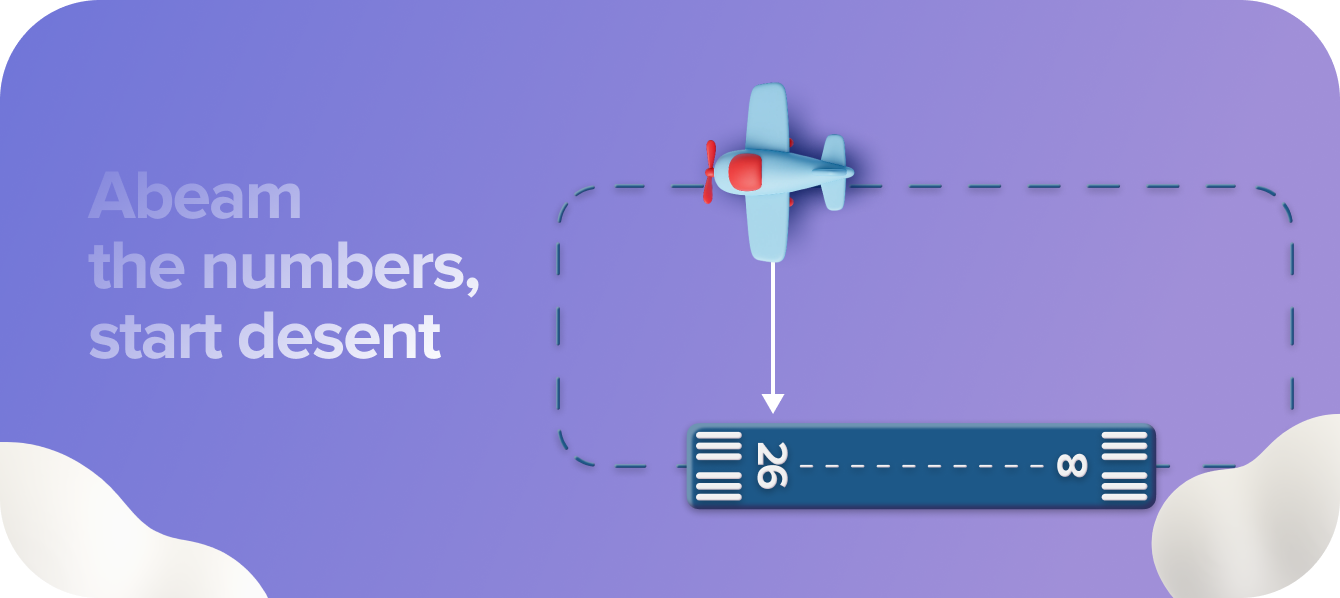
Key things to do:
Start descending from circuit altitude. A typical descent begins when you're abeam the runway threshold on downwind.
Reduce power, usually to 1500–1700 RPM in a piston aircraft.
Add flaps (as per your aircraft’s checklist or instructor guidance — often 1 stage here).
Maintain a constant descent rate and airspeed appropriate for your aircraft (e.g. 70–75 KIAS in a Cessna 172).
Keep your eyes outside — monitor position, spacing, and other traffic.
Airhead tip: Be mindful of wind drift. A strong crosswind can push you closer to or farther from the runway — so crab or adjust heading accordingly to stay on a clean pattern path. And don’t fixate inside the cockpit — scan outside frequently to judge your spacing visually.
Master the crosswind landings with our comprehensive guide – Taming the Wind: Crosswind Landings Explained. Read more and become a more confident pilot.
The Final Approach
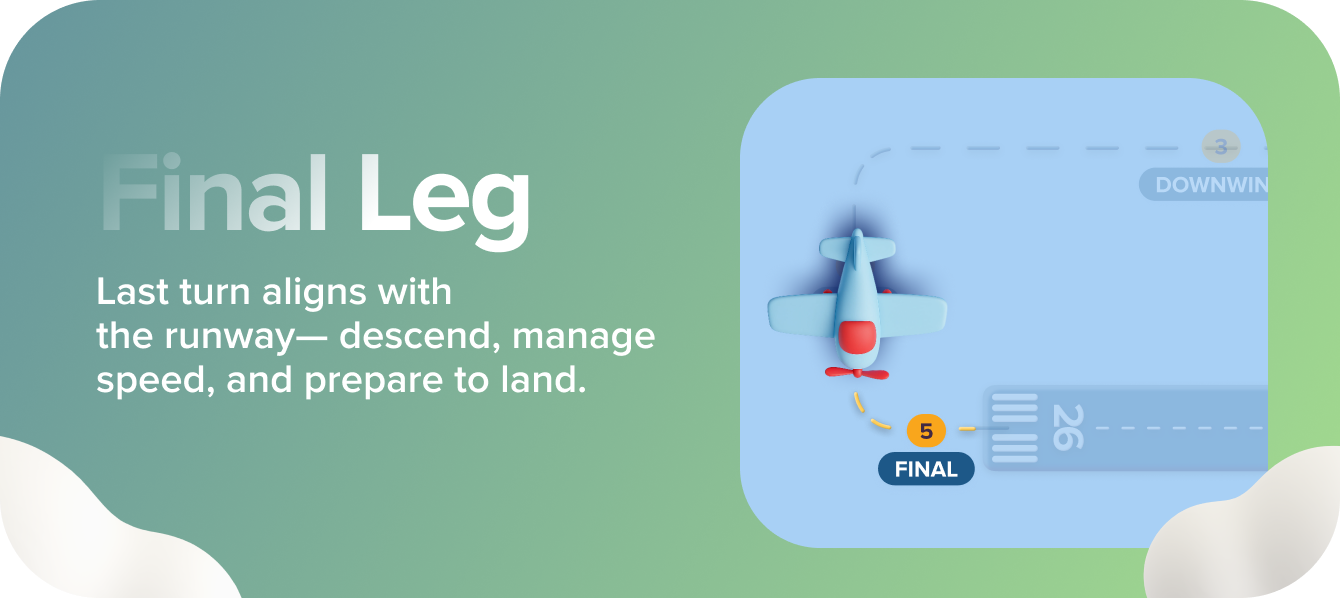
The final approach, or final leg, is the straight-in segment leading directly to the runway. After turning from base, the aircraft is aligned with the centreline, on a stable descent toward touchdown. A good final approach means a safe and predictable landing. An unstable final? That’s a go-around waiting to happen — and that’s okay if needed.
Key things to do:
Roll out aligned with the runway centreline.
Adjust pitch and power to maintain a constant approach speed (e.g. ~65 KIAS in a C172 with flaps fully extended).
Complete flap extension if conditions and spacing permit.
Maintain a gentle descent — typically aiming for a 3° glide path, unless obstacles or procedures dictate otherwise.
Keep your scan outside: watch for traffic, aim point, and crosswind correction.
Airhead tip: Resist the urge to “chase” the runway. Trust your descent angle. If you’re high, reduce power or use more flaps. If you’re low, add power, not pitch. And remember: power controls your descent, pitch controls your speed.
Consistently achieve smooth landings and master flap adjustments with our in-depth guide, Flaps, Lift & Drag: The Secret to Smooth Landings.
Airhead's Takeaway
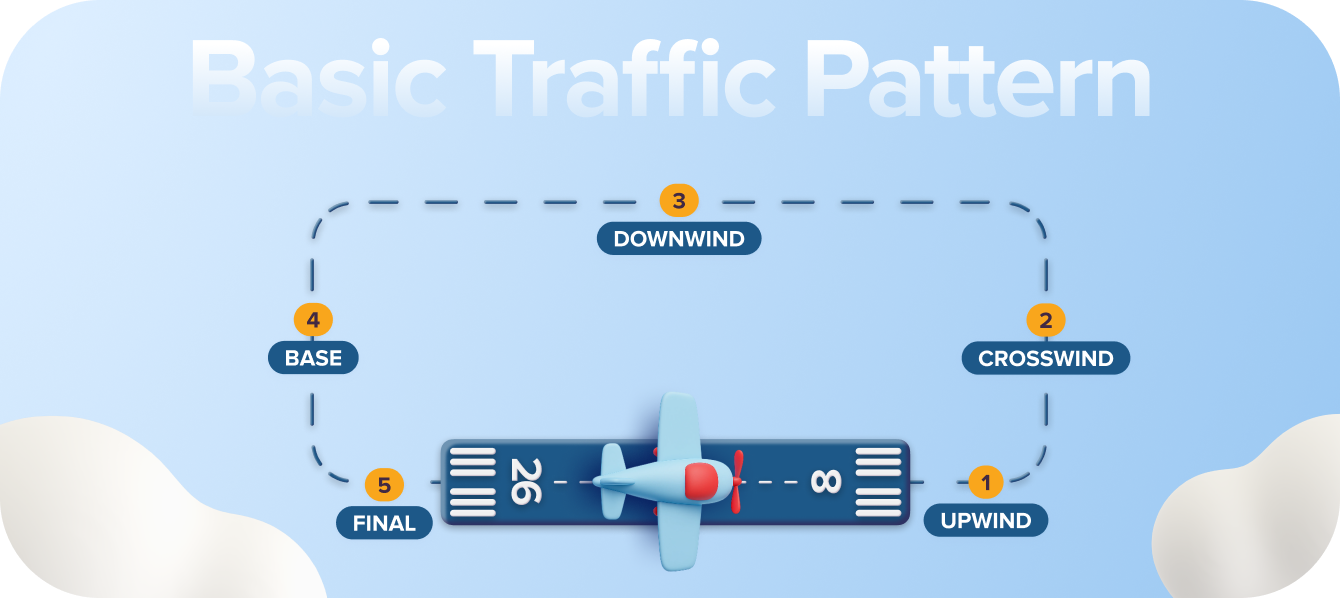
Most instructors will tell you: “Landings are made in the pattern — not just on final.” That’s because everything from your downwind setup to the base turn contributes to a stabilised approach. Final is just the moment you bring it all together. It’s your first real taste of precision, rhythm, and airmanship. It’s where stick-and-rudder skills meet situational awareness, and where good habits take root. Every circuit you fly sharpens your instincts and builds the confidence you’ll carry into every phase of flight. So whether you're turning base or rolling out on final, remember: this loop is your launchpad. Fly it well, and everything else will follow.






